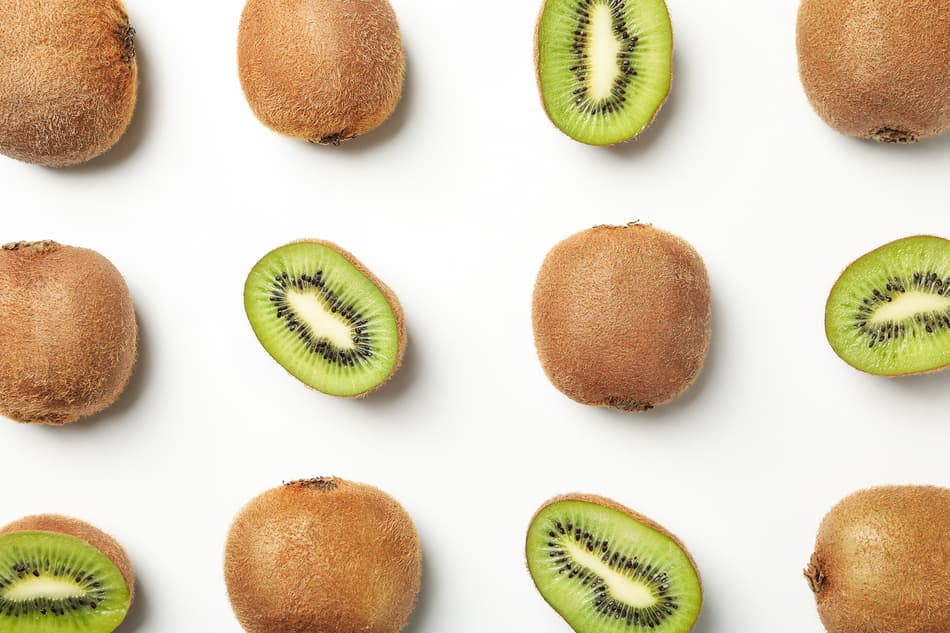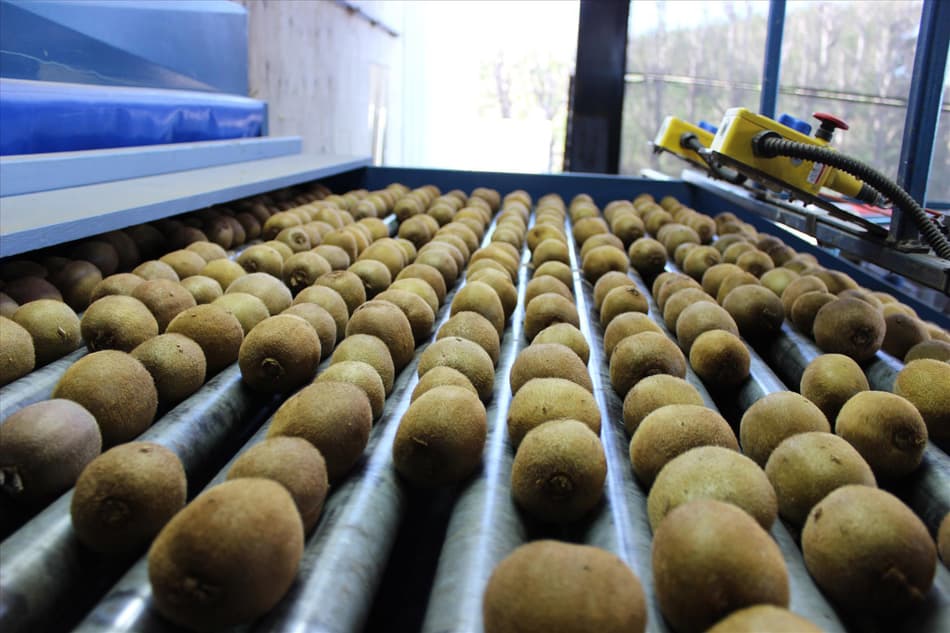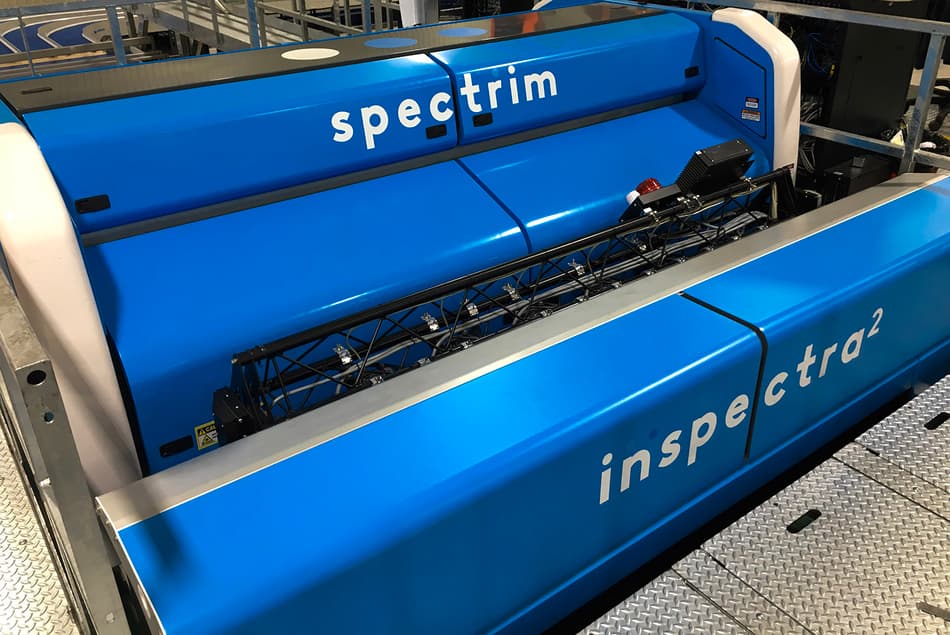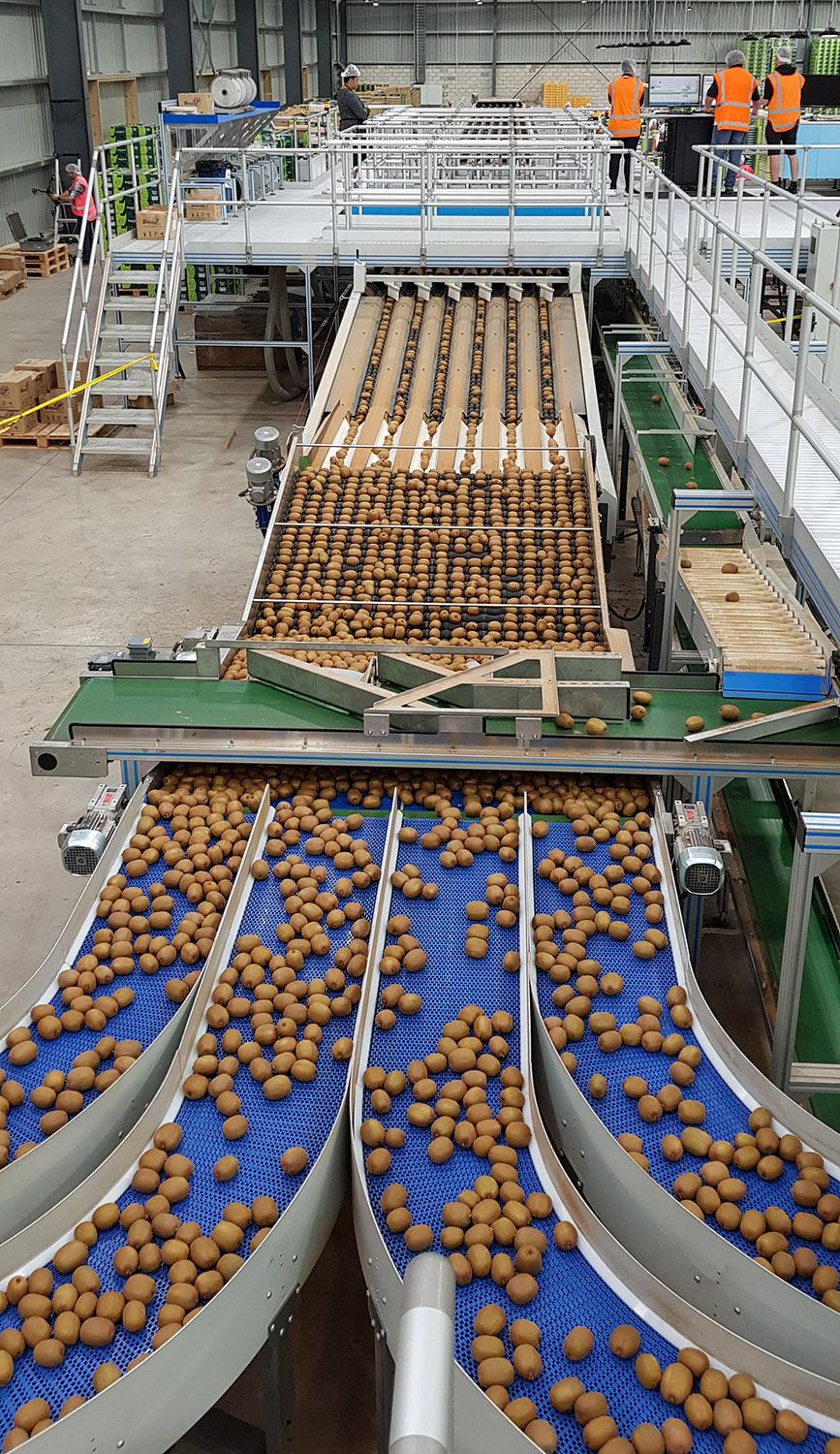Get in touch
Our automation works smarter, wastes less, and optimizes your lines to safeguard food safety and ensure consistent product quality.
Speak with us to learn how you can make Every Resource Count™!

Kiwifruit packhouses are competing in a changing market. Global demand for kiwifruit is increasing, but so too are consumers’ quality expectations, and this presents packhouses with two potentially conflicting objectives.
One of those objectives is to keep up with demand by increasing capacity – yet this can be difficult or impossible to achieve because of line constraints. And even if more product can be sent down the line, greater throughput sometimes results in lesser product quality.
The other objective is to meet customers’ increasingly rigid product specifications – yet over-cautiousness when rejecting fruit impacts grower and packhouse profits. It’s crucial to eliminate the waste of every piece of saleable fruit, and to ensure that the right fruit goes in the right box without fruit give-away.
.jpg)
Packhouses that fail to attend to these needs will lose potential revenue and risk falling behind the competition. But packhouses that match high volumes with high product quality can profit from a vast and growing international market in which premium fruit commands premium prices.
Not so long ago, packhouse line operators would tell you that aiming for higher throughput and higher product quality is like trying to make progress by pulling in opposite directions. Packhouses typically had to trade-off one against the other. Now, with modern sorting and grading technology, it is possible to achieve both.
The ongoing changes in the kiwifruit industry are largely due to three factors.
One factor is that consumers in well-established markets have become more mindful of healthy eating, and this long-running trend was turbocharged by the COVID pandemic. More people now think carefully about the foods they buy, not only for meals but also snacks. And what could be more desirable than a tasty fruit that’s conveniently portable, has a long shelf-life, is low in calories, and packed with vitamins and minerals?
Another factor is that many consumers around the world now have more varieties of kiwifruit to choose from. In addition to the subtle variations available in green kiwifruit, there are also the RubyRed™ and SunGold™ fruits developed by Zespri – and it’s the yellow fruit, with its tropically sweet taste, that’s winning over new buyers at the fastest rate. This trend is consistent with consumers becoming more discerning about the quality of the fruit they buy and the eating experience it gives them.
The most significant factor, though, is global economic growth. Developing nations, including the world’s most populous, China, are becoming wealthier. This means millions more people can afford to buy food in greater quantities and with higher quality.
These factors are fueling global expansion of the kiwifruit industry. Land devoted to growing kiwifruit increased by about 7% in the three years to 2020, and sales during the same period increased by about 9%. The world’s largest producer is China (2.4 million tonnes in 2021), where kiwifruit originated in the Himalayas. But it’s the secondlargest producer, New Zealand (628,500 tonnes), where the ‘Chinese gooseberry’ was renamed kiwifruit, which is the biggest exporter. The other major producers are Italy (416,000 tonnes), Greece (313,00 tonnes), Iran (294,000 tonnes), Chile (140,000 tonnes), and Turkey (86,000 tonnes).

The value of a tonne of kiwifruit can vary enormously – typically anything from $1,000 to $4,000 in recent years, depending on the export market – but despite price variations and price fluctuations, consumer demand in recent years has consistently driven the value of kiwifruit sales up. Today the global market is worth more than $7 billion per year. The future of kiwifruit sales is gold, with market analysts forecasting that sales will increase in the next five-year period at a compound annual growth rate of about 6%.
There’s one more factor that influences the price fetched by kiwifruit, and that’s the weather. When unfavorable climactic conditions significantly reduce crop yields, supply falls behind demand and prices rise. Packhouses cannot do anything about this, of course, but neither can they ignore climate change – unusual weather is already making kiwifruit crop quality more variable, and in the foreseeable future what’s deemed unusual weather will become more usual.
One example of this is when growing seasons are deprived of sunshine hours. This is already happening more often, and when it does, the problem of dry matter in the fruit becomes more prevalent. And if the fruit has to be left on the vine longer before harvesting, the packing period becomes shorter, placing more pressure on the supply chain.
In addition to more frequent crop variability, packhouses must also deal with fruit that’s soft, physically damaged, spoiled by scale insects or difficult-to-see stem and calyx defects, or of a size or shape that doesn’t comply with the customer’s specifications.
To remove all fruit with unwanted defects and blemishes, the manual sorting and grading methods once popular in the kiwifruit industry are no longer effective enough. Neither are automated sorters which accept or reject fruit according only to its shape. To remain competitive, and to profit from expanding export markets (as well as domestic markets for premium fruit), packhouses now need the most effective stateof- the-art sorting and grading solutions.
The leading manufacturer of optical sorting and grading machines for the food industry, TOMRA Food, offers three specific grading solutions for kiwifruit: the Spectrim, Inspectra² (NIR), and UltraView inspection modules. These are used by many kiwifruit packhouses in New Zealand, Europe, South America and Asia.

Spectrim is the world’s most powerful fresh produce grading platform, with consistent lighting, powerful imaging, two infrared wavelengths, and machine learning. Spectrim sorts and grades minor and major defects, including surface blemishes, insect damage, misshapen fruit, and abrasions, and can identify hard-to-find product defects such as sooty mould.
Crucially, Spectrim also gives packhouses two other big advantages. It unblocks quality throughput constraints and ensures the right fruit goes into the right box, because sorting parameters can be configured to differing defect levels.
One of the many packhouses around the world which benefits every day from using Spectrim is Protofanousi Fruits in Greece. This business packs 18,000 tons of kiwifruit (mostly the green, Hayward variety) annually, for export to wellknown supermarket chains in Europe, South-East Asia, the middle East, North Africa, Canada, and the USA. Protofanousi’s Commercial Director, George Kallitsis, said: “In 2022 we invested in a brand-new, fully automated kiwifruit sorting and packing line at our packhouse in Thessaloniki, with a capacity of 30 tons per hour. Our goals were to increase capacity, improve efficiency, and ensure higher quality standards and consistency for our customers.
“Before this, all quality inspection, especially for soft fruit, was done manually. The accuracy of the Spectrim platform, which is capable of detecting the softness of kiwifruit, is one of the key reasons we decided to invest in TOMRA equipment. And we are very satisfied with the results. We have reduced the labor needed for manual inspection by 20%; increased overall throughput by 150%; and by achieving higher quality standards we are now able to enter new export markets.”
The UltraView inspection module integrates with the Spectrim cabinet to identify defects on the fruit’s stem and calyx such as sooty mould which are otherwise very difficult to detect. This module contains a dedicated set of high-resolution multi-spectral (color and infrared) cameras and LED lights located close to the fruit and parallel to its direction of travel. The module’s location on the sizer, directly after the Spectrim cabinet, means that the fruit on the carrier is ideally oriented for presentation to the UltraView sensors. This unique combination of technologies enables the UltraView cameras to generate superior quality images of the fruit’s hard-to-see area for accurate inspection.
Even more sophisticated solutions are being developed by TOMRA, which invests heavily in research and development and is famous for game-changing innovations.
One example of TOMRA’s relentless pursuit of perfection is the recently-launched version 5.0 of the Spectrim software. This makes the world’s most powerful optical grader also the easiest to use. The simplified, intuitive user interface has made it easier for first time operators to pick up, operate, and tune active running, while live downgrade breakdowns and predictions allow experienced operators to react more quickly. Improvements have also been made in blemish sizing and counting, empowering operators to pack closer than ever to tolerance.
Another, bigger example of technical progress is the cloud-based data platform TOMRA Insight. This has the potential to help kiwifruit growers and packhouses more effectively manage their inventories, as well as unlocking valuable data about the fruit. These digital technologies, and others still under wraps, will help futureproof packhouses to meet the industry’s evolving needs.
As we head towards this brave new world of digitalization, TOMRA Food’s current solutions already give packhouses capabilities which not so long ago were the stuff of dreams. Today’s state-of-theart sorting and grading solutions enable packhouses to improve efficiencies, reduce food waste, deliver consistently high product quality, and precisely match their customers’ product specifications. Which is not only good news for packhouse customers, but also for packhouse profitability.


How kiwifruit packhouses can keep pace with the industry’s changing demands
3.03 Mb
.jpg)